Review: HTC 8XT for Sprint
Aug 15, 2013, 3:41 PM by Eric M. Zeman
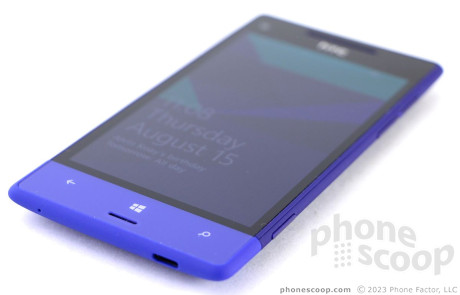
Sprint's first Windows Phone 8 device to reach the market is the $99 HTC 8XT. This smartphone is a decent entry-point for the Windows Phone fan who needs a device on Sprint's network.
Form
Is It Your Type?
The HTC 8XT is the first Windows Phone 8 device to be available from Sprint, so its launch is noteworthy. Not only is it the first WP8 device, it also is the first WP device to include support for Sprint's LTE 4G network. Is it for you? Well, Windows Phone fans on Sprint don't have much else from which to choose.
Body
The 8XT is a variation on a theme. It is nearly identical to the 8X, which was sold by AT&T and Verizon Wireless last year. There are some minor differences in the appearance, but they don't amount to much.
The 8XT is a slim slab that has sharp corners and a soft-touch finish. The overall feel of the phone is pleasant, though I still don't care too much for the pointy corners. The back surface is nicely contoured to better fit in the hand, and the way the edges are tapered makes it slip into pockets easily. I find the 8XT easy to maintain a good grip on, and the narrower screen and narrow footprint make it a cinch to wrap your hand all the way around. The build quality is quite good. With the exception of the line that crosses the back surface, there are no other seams. It feels sold through and through.
The front surface is about 80% black and 20% purple. The black glass houses the screen with an acceptable amount of bezel. There is a wide slit near the top for the earpiece and the front-facing camera is visible next to it. The capacitive buttons work fine and offer haptic feedback when pressed.
Most of the buttons are placed along the right edge of the phone. The volume toggle is closest to the top. It is one of the better volume toggles designed by HTC. The profile is excellent and it offers perfect travel and feedback. Ditto for the dedicated camera button, which is also on the right edge. The screen lock button is on top. The profile isn't quite as good as those of the volume toggle and camera button, but it's almost as good. Travel and feedback is decent, but has a wee bit of a cheap clicky sound that I didn't care for too much. The headphone jack is on top and the micro-USB port is on the bottom.
The battery is sealed inside. The rear cover can be removed to access the microSD card and the SIM card.
The 8XT is a fine piece of hardware, but still manages to include a few odd design choices.
Performance
Screen
The 8XT has a 4.3-inch LCD with a disappointing 800 x 480 pixels. (The 8X offered 1280 x 720.) Individual pixels were too easy to spot, and it was not as sharp or clear when compared directly to the 8X. Text, icons, and graphics looked decent on the display, but could have been better. Though it has a lower resolution, the 8XT's screen is still bright and colorful. The 8XT's screen was easy to use indoors and out. I had no trouble at all using the 8XT as a camera even under a bright sun.
Signal
I was able to test the HTC 8XT across New Jersey and New York City over the course of several weeks. It performed just fine on Sprint's CDMA 3G network. In fact, it scored above average marks when compared to other devices I've tested on Sprint's 3G network in this area of the country. I was not able to make it to one of the limited areas in which Sprint provides 4G LTE service. The 8XT consistently connected calls on the first attempt, and never missed or dropped any calls. Data speeds were painfully slow over EVDO 3G.
Sound
The 8XT is a very good voice phone. Calls that I connected were loud and clear. Voices were always easy to hear and understand, and I thought they sounded warm and present. The volume of the earpiece isn't rock-concert loud, but it's loud enough for most environments. The same goes for the speakerphone. Thanks to the dual BoomSound speakers, call quality via the speakerphone was just as good as through the earpiece, and it's plenty loud for most uses. I was easily able to hear it over the raucous lunch crowd at my favorite mid-day meal spot. Ringtones and alerts will pretty much always get your attention, and the vibrate alert is jarringly strong.
Battery
The HTC 8XT should get most people through a full day with moderate use. If you're using your smartphone to check email occasionally, fire off social networking updates, and listen to some music, you can bank on a full day. If you lean towards more productivity functions, such as editing Word documents, extended web browsing and searching, taking pictures/video, and watching video for more than 30 minutes a day, expect the battery to give out just past dinner time. As with all phones, your mileage will vary. It's a shame the battery is sealed in.
Basics
Menus
Windows Phone 8 runs just the same on the 8XT as it does on every other WP8 device in the market. Hardware makers, such as HTC, aren't allowed to alter the appearance of the functionality of the operating system. This has its pros and cons.
The lock screen can be set to include notifications, which can be customized to show unread counts for apps such as emails, messages, Facebook messages, calls, and calendar appointments. There are no app shortcuts for the lock screen, though.
The Start screen acts as one infinitely long home screen panel. The Start screen is populated with dynamic Live Tiles, which can be arranged anyway you like. Each tile is associated with an app and can be set to show live content from that app. The tiles themselves can be set in small, medium, and large sizes. They essentially act like home screen shortcuts.
The main app menu is a vertical list of apps and services. The view of the app menu cannot be altered. Once you surpass 50 apps, there's a neat shortcut that appears that makes it easier to jump further down the app list. The settings menu is accessed via this main app menu and is a plain text list of options.
WP8 is a fast operating system, and the 8XT performed very quickly. It has a 1.4GHz dual-core Snapdragon 400 processor under the hood that handled every task I threw at it. There are no performance problems with the 8XT.
Calls and Contacts
The phone application offers some basic tools. It's quite simple to make calls, put them on hold, mute them, or add a line. I like how easy it is to add call records to the contact app.
The People Hub remains as powerful as ever when it comes to managing your contacts in a social networking-rich environment. The Hub pulls in data from Facebook, LinkedIn, and Twitter and adds a dynamic flair to your contacts. The coolest feature of the contacts app is the ability to create micro social networks called Rooms and Groups. These are small sub-sets of your contacts with which it is easy to share group conversations, calendar items, and photos.
Messaging
WP8 has a solid email app that can be set to pull in messages from most any email service. I find the email program to be quick and useful and the social networking to be particularly good. I like the People Hub and Photo Hub, each of which draw in your Facebook friends' doings and photos.
The SMS app also works as the Skype and Facebook messaging apps. They are all three one and the same. The user interface is spartan, but offers just as many tools as competing platforms. It's a cinch to add photos, videos, or other content to outgoing messages. It doesn't support other services like Google Hangouts, though.
Separate Twitter and Facebook applications are available from the Windows Phone Store.
Extras
Media
The 8XT provides the same tie-ins to Microsoft's XBox entertainment services as do other WP8 devices. The music experience has always been good on Windows Phone devices, and the 8XT is no different. The media player is a solid piece of software that syncs with iTunes, Windows 8, and older Windows desktop systems with ease. The addition of HTC's Beats Audio and the dual speakers is icing on the cake. Music playback sounded great through my favorite headphones and through the 8XT's speakers.
The 8XT also includes Sprint's music app. Stay away. This app is miserable. I found it to be difficult to use, the selection to be poor, and the prices don't compare to competitive services. The native XBox Music store is much better.
Video is another story. Windows Phone 8 will not work with iTunes movies, and the XBox Store doesn't offer video content. The 8XT does, however, include Sprint's streaming mobile TV and movie app. This app lets you watch video content, such as primetime televisions shows and movies, streamed over the network. It does not perform well over 3G, and I was unable to test it on 4G thanks to Sprint's limited 4G footprint.
Camera
The 8XT's camera can be launched with a long press of the dedicated camera button, even with the device is asleep. This is, perhaps, its best feature other than its raw speed. The 8XT has the same dedicated ImageChip that HTC has used with its phones for more than a year. The 8XT focuses quickly, shoots quickly, and saves quickly.
There are more settings available in the software for tweaking the behavior of the camera, such as setting the resolution, white balance, etc. You can also apply some effects (B&W or Sepia) before taking pictures. The camera can also take advantage of Lenses, which are third-party apps that perform specific actions with the camera. The main camera app works well.
The 8XT also includes a separate HTC-developed camera app. You can choose to set this app to open instead of the stock app when the camera button is pressed. The HTC camera app mirrors its camera application for Android smartphones. The basic controls (access to the gallery, separate camera and video buttons, and access to effects) are found on the right side and function exactly like HTC's Android camera. The rest of the settings are accessed via tools placed along the left edge of the viewfinder.
The HTC camera app offers far more control over the imaging sensor, and lets users select from nine different scenes (including HDR, panorama, and macro); set the timer; and control aspect ratio, and adjust contrast, saturation, sharpness, exposure, ISO, and white balance.
The HTC camera also has a burst mode and lets you control how many shots are taken in a given burst. Images captured via Burst Mode get their own gallery to help organize the high number of images. It's a simple app that serves best to pick the best of 20 images.
Photos
The 8XT has an 8-megapixel shooter. Images are 8 megapixels if you shoot full frame 4:3 images. If you want to shoot 16:9 images - which better match HDTVs and PC monitors - images are 6 megapixels. Whichever you choose, pictures are good, but not great. I thought focus and white balance were sharp and accurate, respectively, but exposure was all over the map. Images taken in low light were particularly grainy and lost detail. The 8XT has a flash, but as with most phone cameras, it doesn't light up much beyond about 6 feet.
Bottom line: There are better camera phones out there, but the 8XT's camera suffices.
Video
The 8XT captures video at a maximum resolution of 1080p HD. Results mirror those of the still camera. Focus and color are spot on, but there's more grain than I wanted to see. You'll be pleased with results taken outside on a bright day, but stuff captured indoors with little light is going to be a hazy mess. Again, the 8XT suffices, but there are better options on Sprint's network.
Picture Hub
The Pictures Hub is all about the community experience. It lets you easily upload images to Facebook, SkyDrive (Microsoft's photo upload service), Flickr, or send them along via MMS or email. Microsoft wants users of Windows Phones to enjoy their photo experience.
The native gallery app only offers a few editing tools, which are limited to crop, rotate, and "auto-enhance." All this does is fix exposure, white balance, color, etc. The 8XT also comes with HTC's Photo Enhancer app for those who like to spend time touching up their photos before sharing them. This separate app is a rich photo editor with a vast set of features that include crop, rotate, fix brightness, fix contrast, fix color, etc.
Apps
The 8XT has only a handful of unnecessary apps on board, which are the Sprint-branded music and video apps. Ditch those and stick with Microsoft's apps instead. The 8XT does have a limited amount of memory on board: only about 5.5GB available to the end user. This means you need to manage your apps. Content can be stored on a microSD card.
Bluetooth
The 8XT supports Bluetooth 3.0 with the typical set of profiles, such as stereo Bluetooth, object push, and phone book access. The 8XT paired easily with other Bluetooth devices, including mono and stereo headsets, and other phones. I thought phone calls routed through Bluetooth headsets sounded excellent. They were quite loud, too. Music also sounded excellent when sent to Bluetooth headphones.
Browser
Internet Explorer 10 is a solid web browser and is good at displaying web content. I don't think the app itself is as feature-rich as the stock Android and iPhone browsers. There are alternative browsers available in the Windows Phone Store. As much as I like the browser, it did not prove a good match to Sprint's slower 3G network. When used with Wi-Fi, it is excellent. Over EVDO? Not so much. I was unable to test in on Sprint's LTE network thanks to the limited availability of Sprint 4G.
Clock
The 8XT has a nice digital clock on the lock screen, It also displays the day of the week and the date. I wish the clock were bigger — or at least customizable — but it is not. Thanks to the bright display, it's pretty easy to see outdoors.
GPS
I had no trouble with the 8XT's GPS radio. It worked well with the Maps apps and always managed to locate me within about a half minute and to within about 25 feet. All WP8 devices uses Nokia's HERE maps, though the actual application on the 8XT is just called "Maps." The data is the same. One of my favorite features is that you can download specific maps so they can be viewed offline. Downloading the maps also makes the GPS and Maps app perform faster because it doesn't need to talk to a server across the network.
Maps on Windows Phone is second to Google Maps, but just barely. It offers an incredible array of tools and functions for managing locations, sharing points of interest, and routing directions. It's all free.
The 8XT also includes TeleNav's Scout application. This free navigation app is pretty good when it comes to searching for nearby stuff, like gas stations and banks. I think the native Maps app is better at navigation, but Scout does a good job when it comes to finding local points of interest.
Kids Corner
Kids Corner is a feature in WP8 that lets parents cordon off a special area of the phone for their kids. Basically, parents put the phone into a mode that only lets kids access certain apps and features, such as cameras and games. It's meant to prevent kids from wiping their parents' phone or emailing pictures to their entire inbox.
Microsoft Apps
Some of the useful tools on board most Windows Phones - the 8XT included - are SkyDrive, Office, and OneNote. SkyDrive is Microsoft's cloud storage service. All WP8 devices have access to 7GB of online storage for free (you can pay for more if you want). It is accessed online via your Outlook/Hotmail account. You can set SkyDrive up to automatically upload your photos for safekeeping, as well as store documents and so on. Office needs no introduction. On the 8XT, you can open/edit Word, Excel, and PowerPoint documents, as well as sync them to your personal (or corporate) computers. OneNote is Microsoft's extensive note-taking and -managing app. It functions similarly to EverNote.
Wrap-Up
As far as Windows Phones go, the HTC 8XT is a decent effort. I dislike that it dialed down the display compared to the 8X, but most other hardware features remain the same, as do the software options given the Windows Phone 8 platform.
The hardware is solid and certainly usable. The signal performance and voice quality are both above average for a Sprint phone. Battery life was acceptable, but demands that you pay attention to your usage. The operating system and applications are more or less identical to other Windows Phone 8 smartphones, with little variance. I definitely prefer the HTC camera app over the stock camera, and HTC's gallery app offers more control over photos. It's a bummer that the camera and video camera produce only average results.
Since Sprint customers have had no WP8 devices from which to select, the HTC 8XT at least brings the platform and all its pros/cons to the Sprint network. For the Windows Phone fans, the HTC 8XT is a choice with compromises.
Comments
sd card support
since when did a phone review include a carrier review?
performance


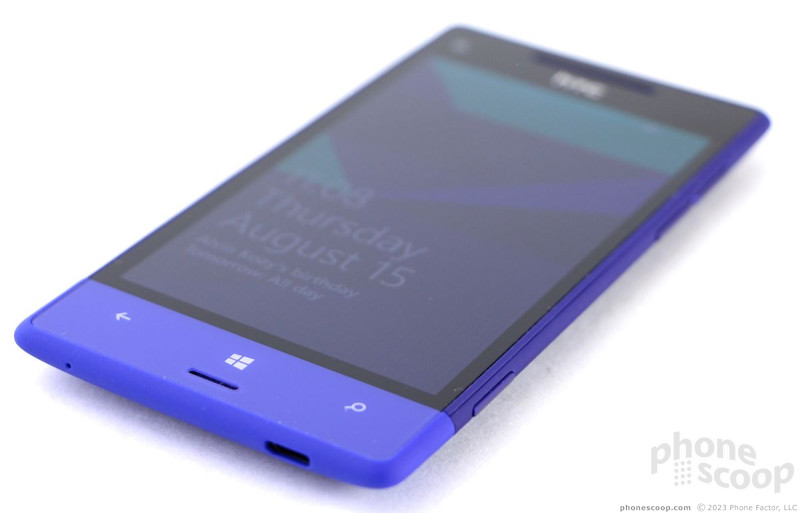


















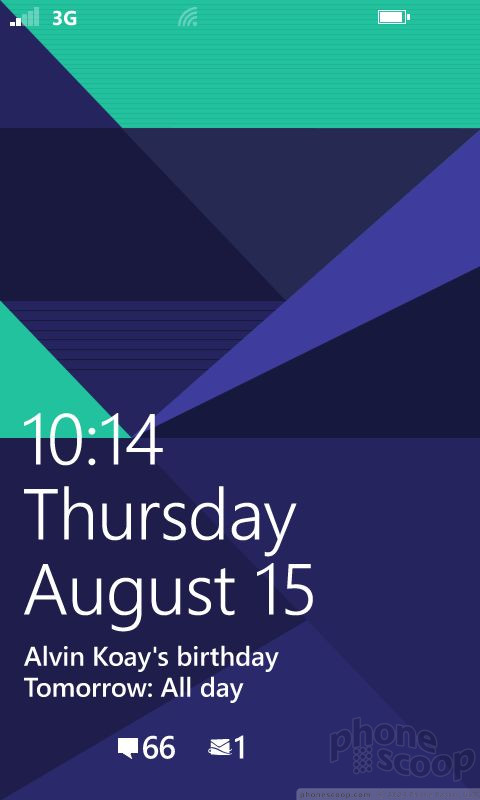





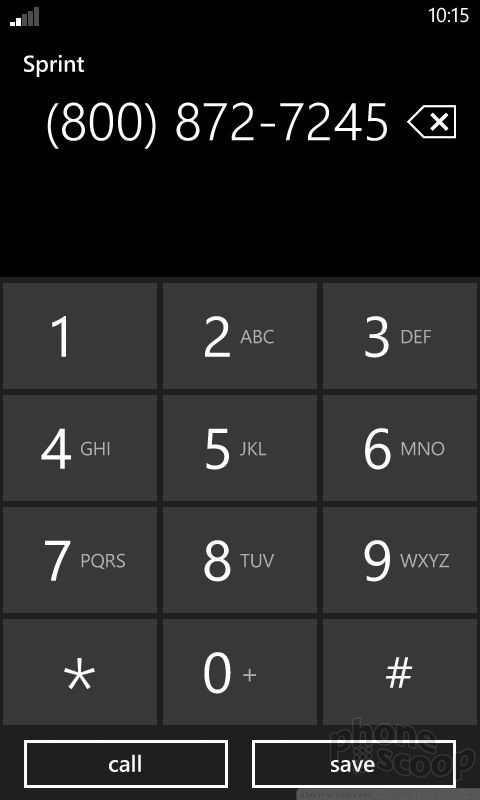







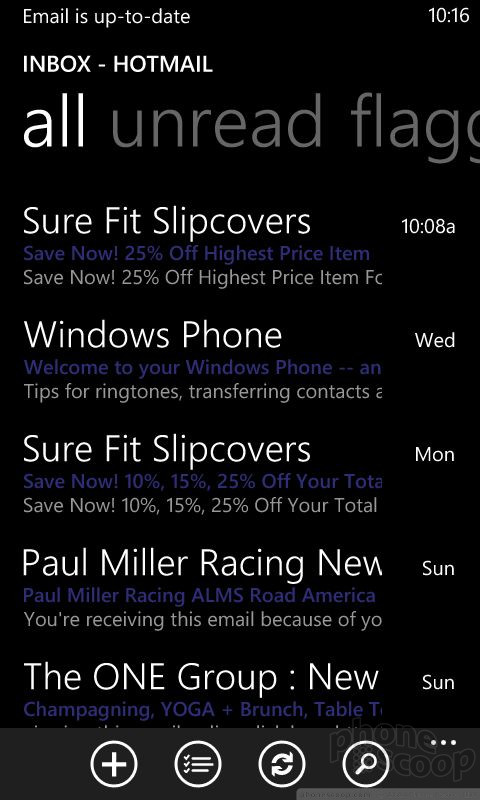




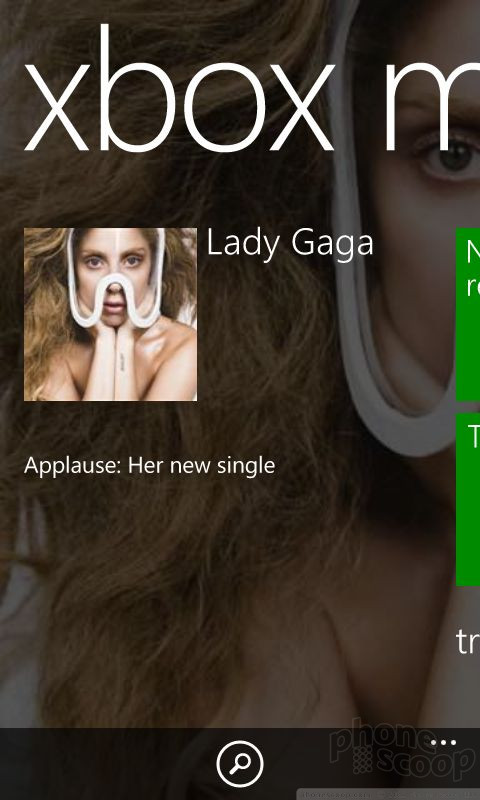




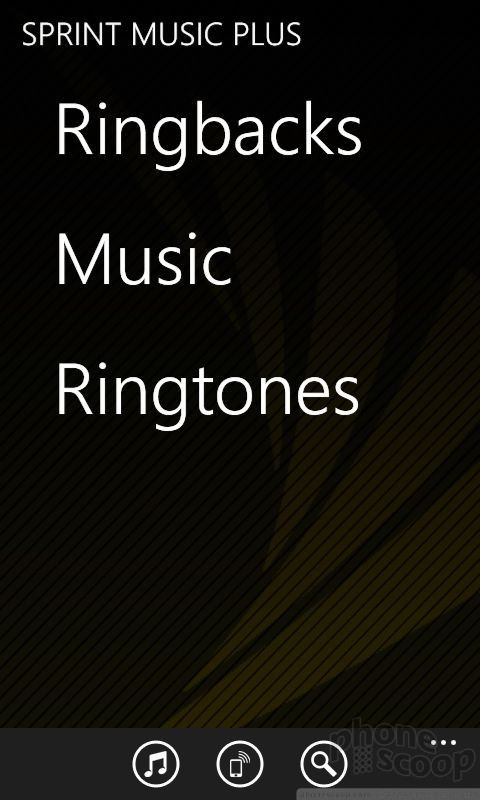





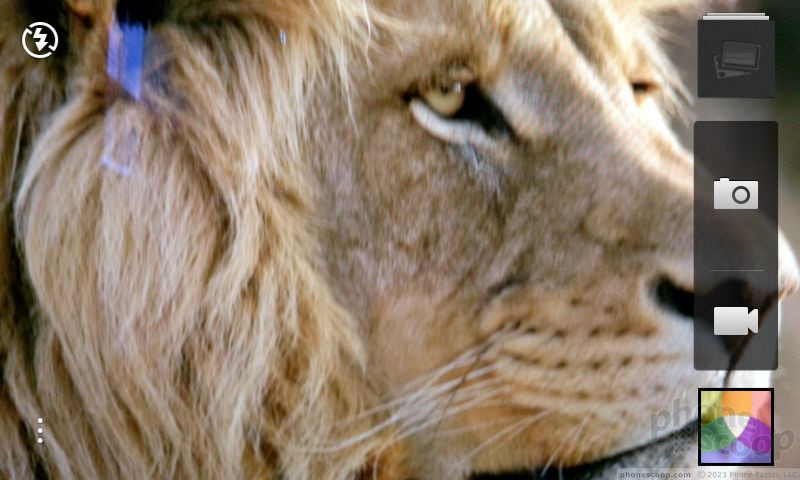




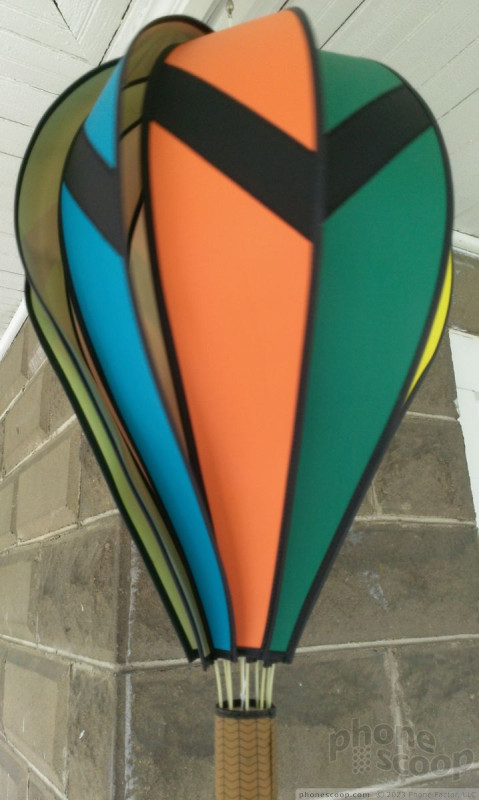

















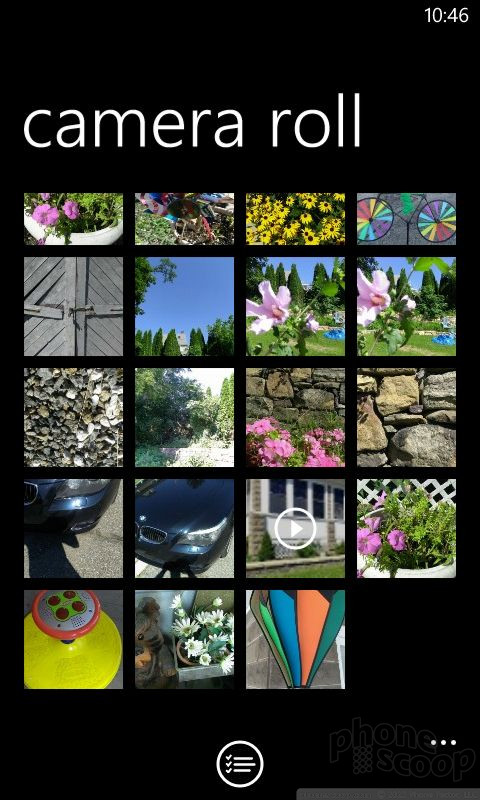



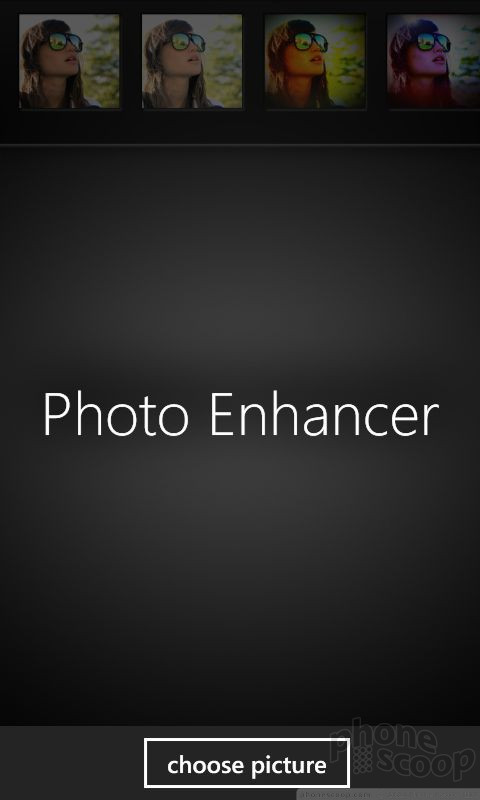



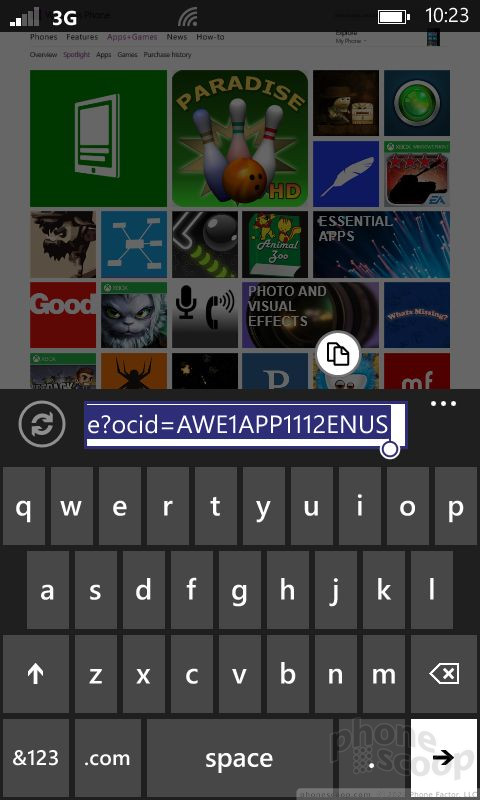




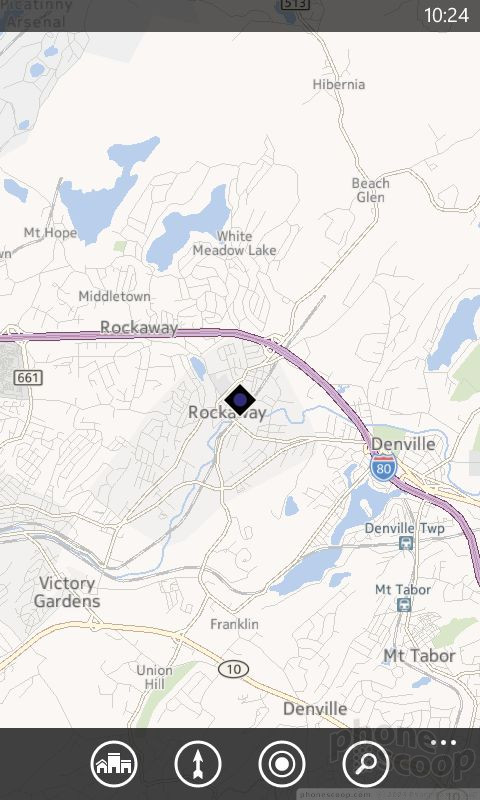





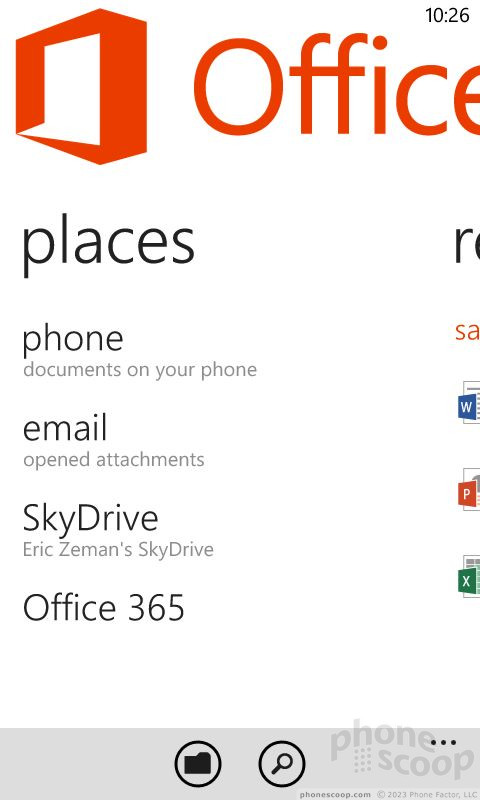




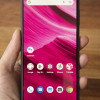 Hands On with the T-Mobile REVVL 6 Pro 5G
Hands On with the T-Mobile REVVL 6 Pro 5G
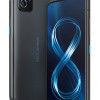 Asus Zenfone 8 is a Compact Flagship
Asus Zenfone 8 is a Compact Flagship
 TCL Launches 20 Series in US
TCL Launches 20 Series in US
 HTC 8XT
HTC 8XT




